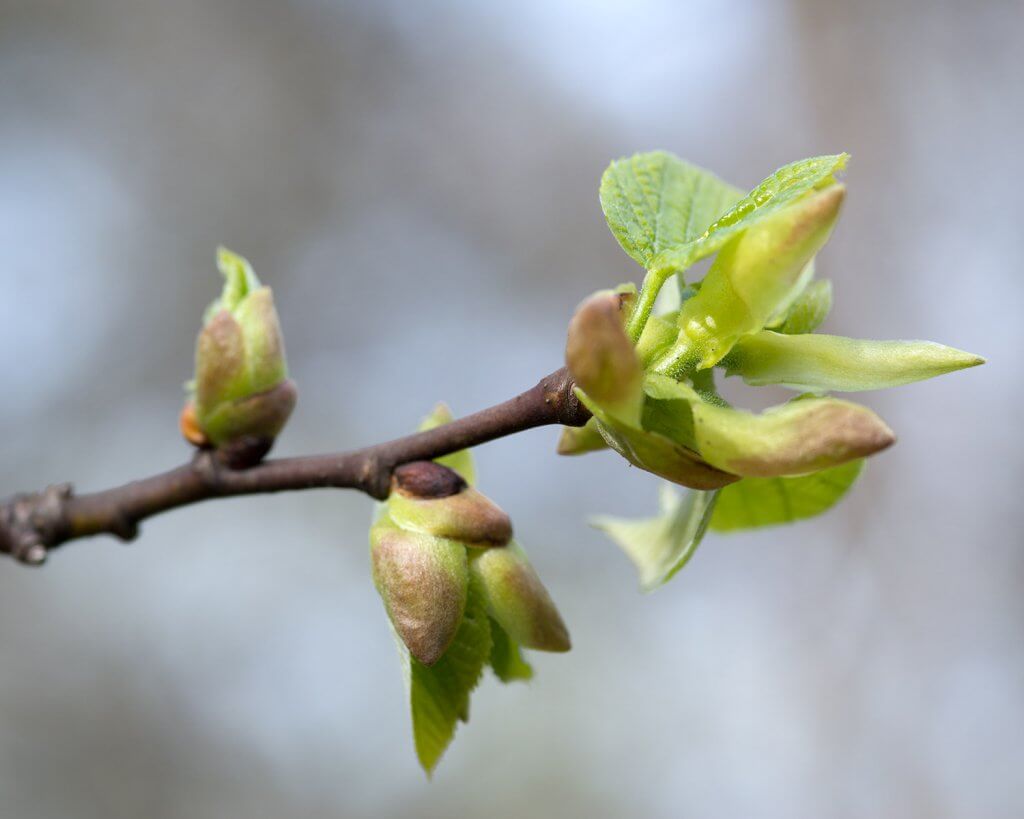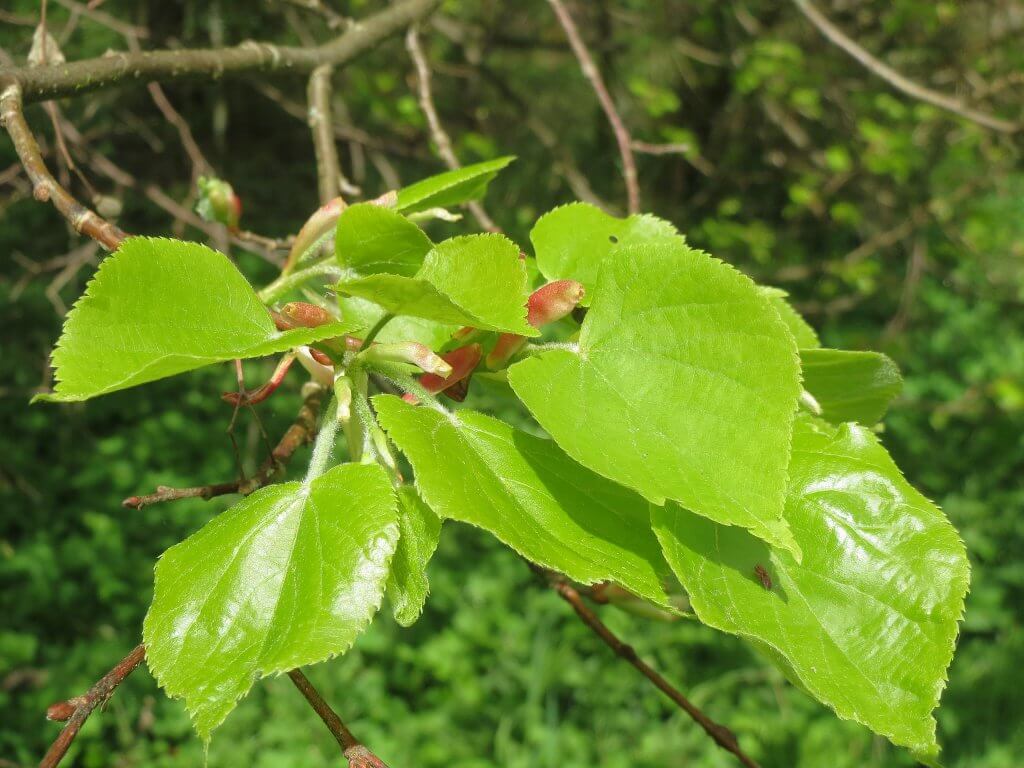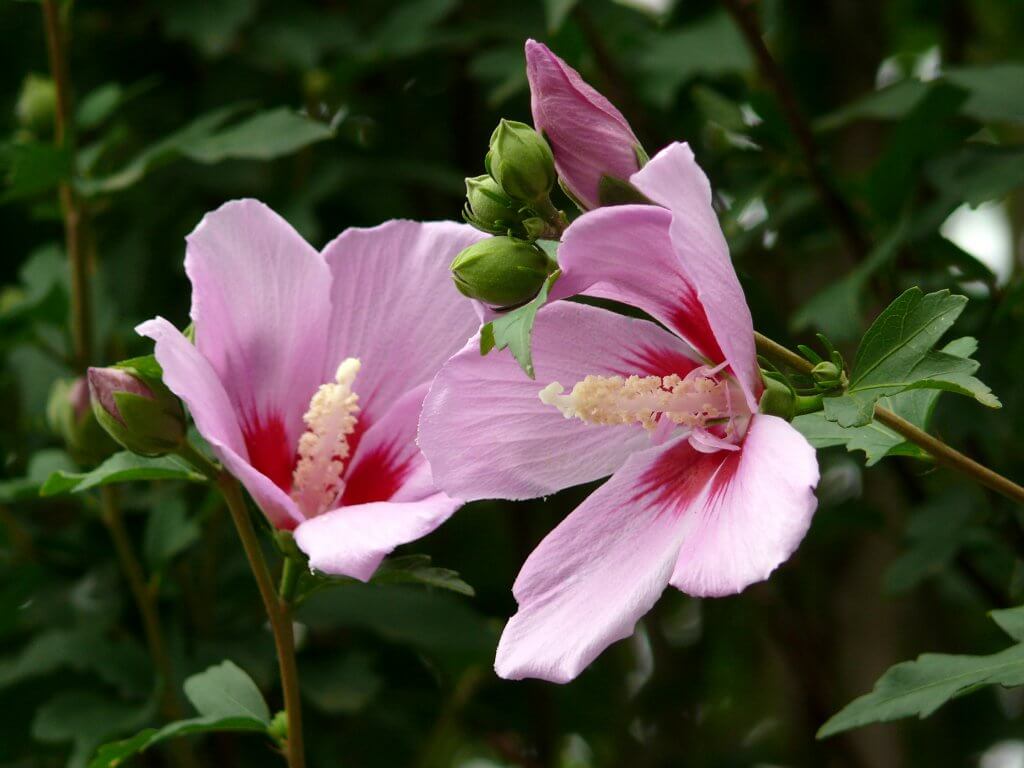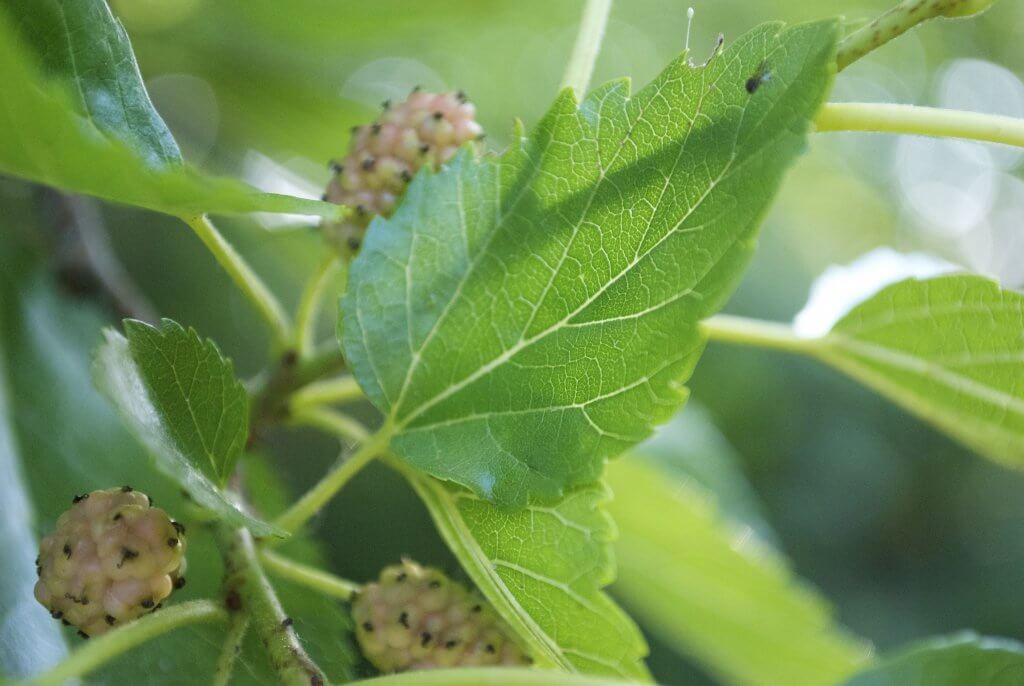Many of those who are new to foraging for wild plants and fruits are often surprised to learn that a number of trees actually produce edible shoots and leaves. We are so conditioned to assume only bushy leafed, commercially farmed vegetables such as salad leaves are safe to eat. However, some trees exist throughout the world with edible leaves, waiting to be rediscovered in landscapes, forests and woodlands.
Before commercial farming reached such a size, native peoples throughout the world relied on local wild crops. Making use of as much of the plant as possible for culinary and medicinal purposes. Flowers, bark, seeds and shoots were tested, and the information passed down for generations. As farming and supermarkets have become the norm for our modern lives, this local knowledge has disappeared. Now only small pockets of individuals and studies exists, who have learnt the uses and nutritious value of food from our ancestors.
Below we will walk you through a collection of the most mildly flavored and easy to recognise trees that produce leaves we can substitute into the majority of our favorite recipes. From the greatly recognisable American beech (Fagus grandifolia), to the widespread and ornamental Rose of Sharon (Hibiscus syriacus).
American Linden
Found throughout most of the Northeastern United States, particularly New England and the mid West. American linden (Tilia americana) grows best within well-drained soils, but can be found in a wide variety of areas, from roadsides to rocky outcrops. It is a deciduous tree, reaching a maximum height of approximately 35 meters. Leaves are fairly simple, ovate and lightly serrated, with older leaves reaching no more than 25cm.
The flowers, shoots, young leaves and even sap are all edible and particularly tasty. Whilst the shoots and leaves can be collected throughout spring as different trees grow and awaken. The flowers have a short window of about two weeks where they can be collected. They tend to bloom and disappear within only a few days so you need to be quick.
The flowers and leaves have a sweet taste, with a hint of asparagus. They can be used to create herbal teas or added straight into salads. Their flavoring is quite delicate, so if drying it is best to air dry as an oven may breakdown the flavorings.

Little Leaf Linden
Primarily found within the Northern Hemisphere, particularly large areas of Europe and Northeast and Central US. The flowers of little leaf linden (Tilia cordata) are slightly more fragrant than American linden. Compared to the American linden, the little lead linden leaves take after their name. They reach no more than 8cm in length, and have a round, ovate shape not too dissimilar from a heart shape.
Depending on your location, you can harvest young leaves and buds during early spring with flowers appearing during a small window. The young shoots or buds, are especially tasty, with curled, sweet and tender leaves creating a delectable crunch and a mucilage like texture. These are perfect to add straight into a salad after washing.
Remember though not to over forage the young shoots and buds, particularly from a young tree where the buds are more reachable. The tree will greatly depend on the energy these leaves will provide through the summer.

Rose of Sharon
A deciduous shrub originally native to China, the rose of Sharon (Hibiscus syriacus) is now found throughout the world, from Asia to North America. It’s most recognisable feature being its large showy, trumpet shaped flowers, ranging from bright purple to white.
The flowers and leaves are both edible and can make a sweet tasting tea if brewed. The leaves can be harvested from spring until fall, their lettuce like flavoring makes them a great addition to salads. The flowers bloom singularly from mid summer until fall, so these can be plucked as and when they appear. You can read more about the culinary possibilities and health benefits of rose of Sharon here.

Mulberry
The Mulberry tree is particularly well known for its sweet and juicy fruits, particularly the Red Mulberry (Morus rubra), native to the North East US. However the shoots and young rolled leaves of mulberry also make a wonderful addition to soups, pies and side dishes. As the leaves unfurl and begin to age, they can become quite tough and even have a slight toxicity. So only young shoots should be harvested.
Harvest the shoots throughout the spring to add them straight into meals. Or alternatively air dry the shoots and store in an air tight container in a cool dry place. These can be used as and when needed to add into soups or a stir fry.

American Beech
American Beech (Fagus grandifolia) is a grand, deciduous tree that reaches heights of up to 35 meters. They are widely known for their bright displays of color during the fall. And also the small beechnuts which make a tasty snack when roasted.
You will find them growing within Eastern and Central states, from Florida up to Maine, and as far west as Eastern Texas. They can be commonly found within forests of maple, where the pair may dominate large areas.
The shoots and tender young leaves can be picked from low hanging branches during the spring. These young and tasty leaves can be added into a stir fry, soups, salads or eaten as leafy side dish. You can read more about the history and find culinary inspiration on the American Beech tree here.

Conclusion
Whilst out for a walk or on a camping trip during the spring, try your hand at incorporating these shoots and leaves into your meals. You don’t have to completely swap your usual leafy greens out of your diet. But occasionally making use of locally foraged produce is a great way to reduce your carbon footprint and feel a sense of achievement in learning to live off the land. As more and more people look to source their food locally, these trees can provide an abundant source of edible leaves.







5 Responses
Excellent, in a time when victory gardens are needed again, excellent.
Makes we want to go for a walk in the woods to find these trees, Iknow Beech, Mulberry & Lindon are common in the Catskills. We always loved that Spring trees have a baby green color. Nice to know wild baby greens are on the menu.
Thank you! My favorite is the Black Locust flower. Early June–white fragrant clusters, slightly crunchy, delicately sweet.
And the tender new leaves of catbriar!
This was so wonderful to learn. Please share more with us. I wish this was taught in every school in the county as apart of health class.
Grace and Peace,
Norwood
I tasted a young, lemon tree shoot! They smell so fragrant and good so I had to take a bite….they taste so strong! Definitely make a tea or mix it up in a salad for balance. Thanks for this great article.